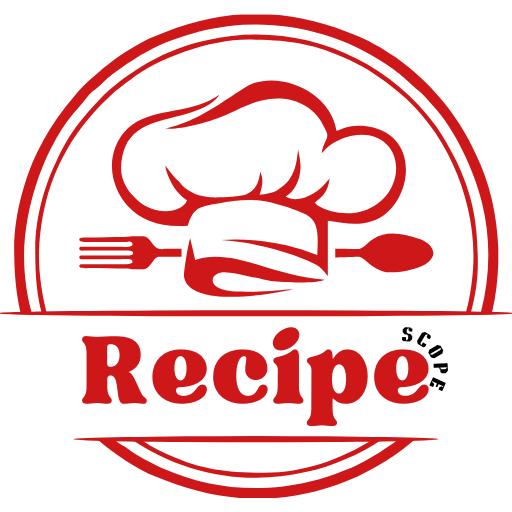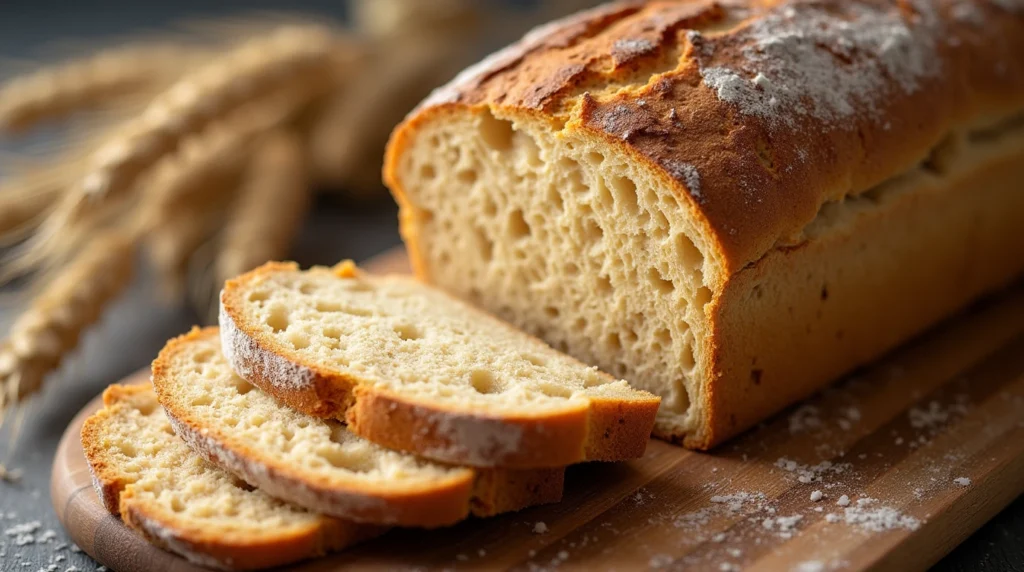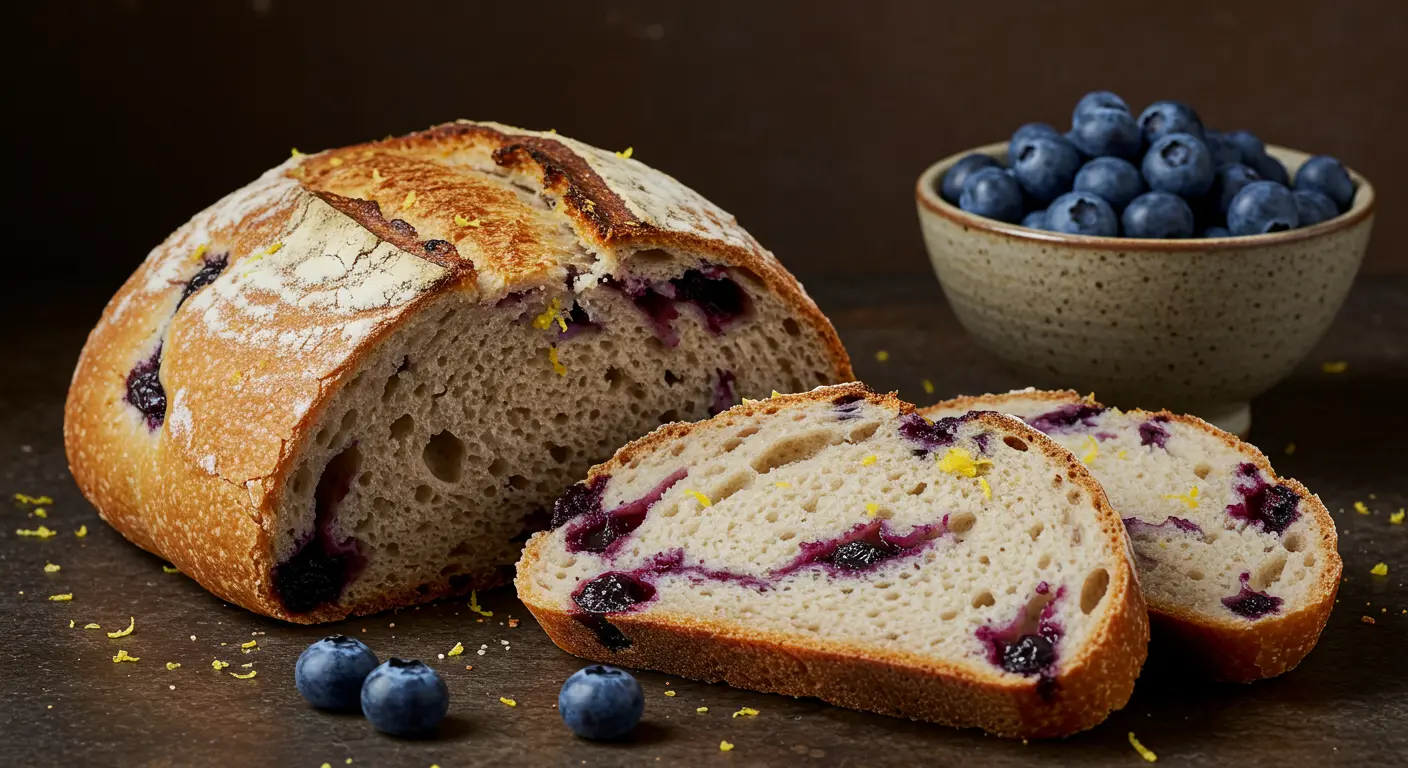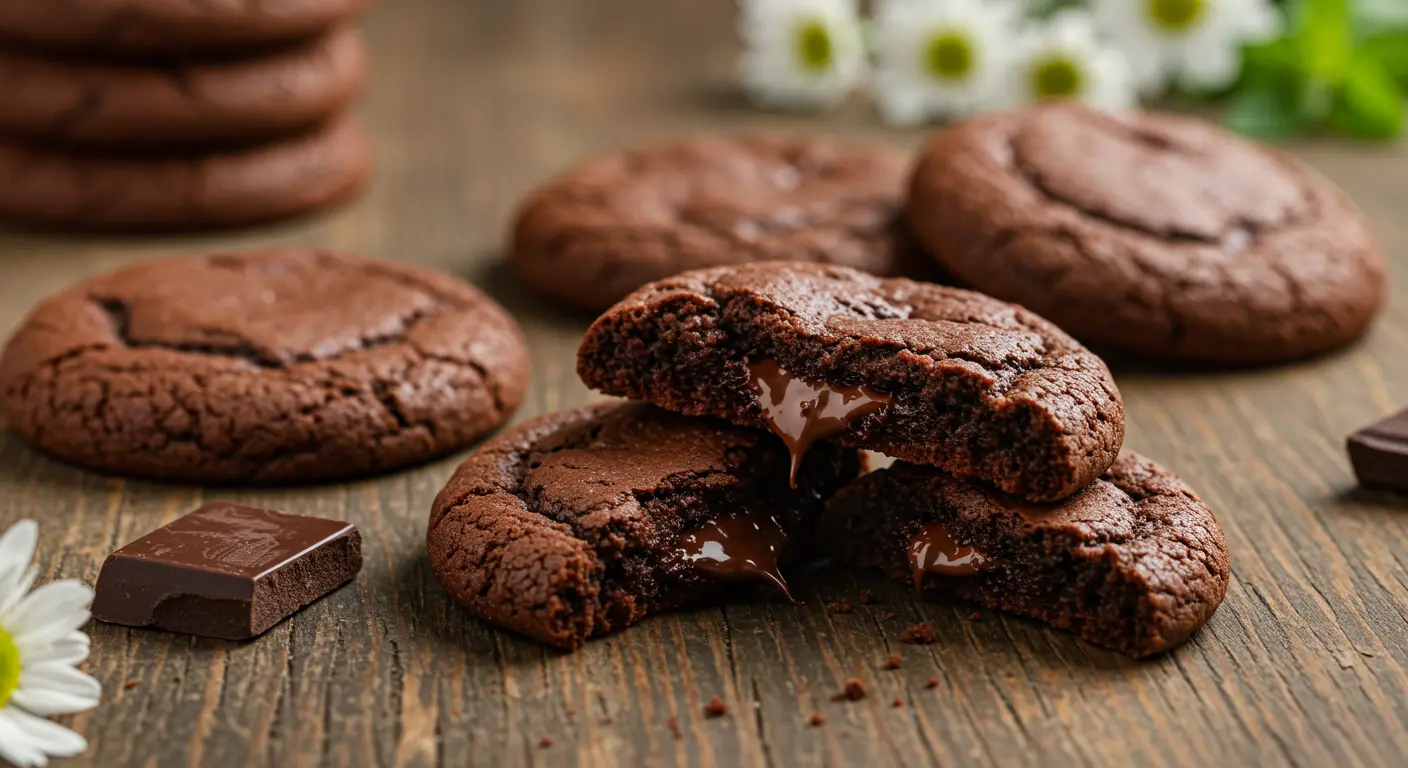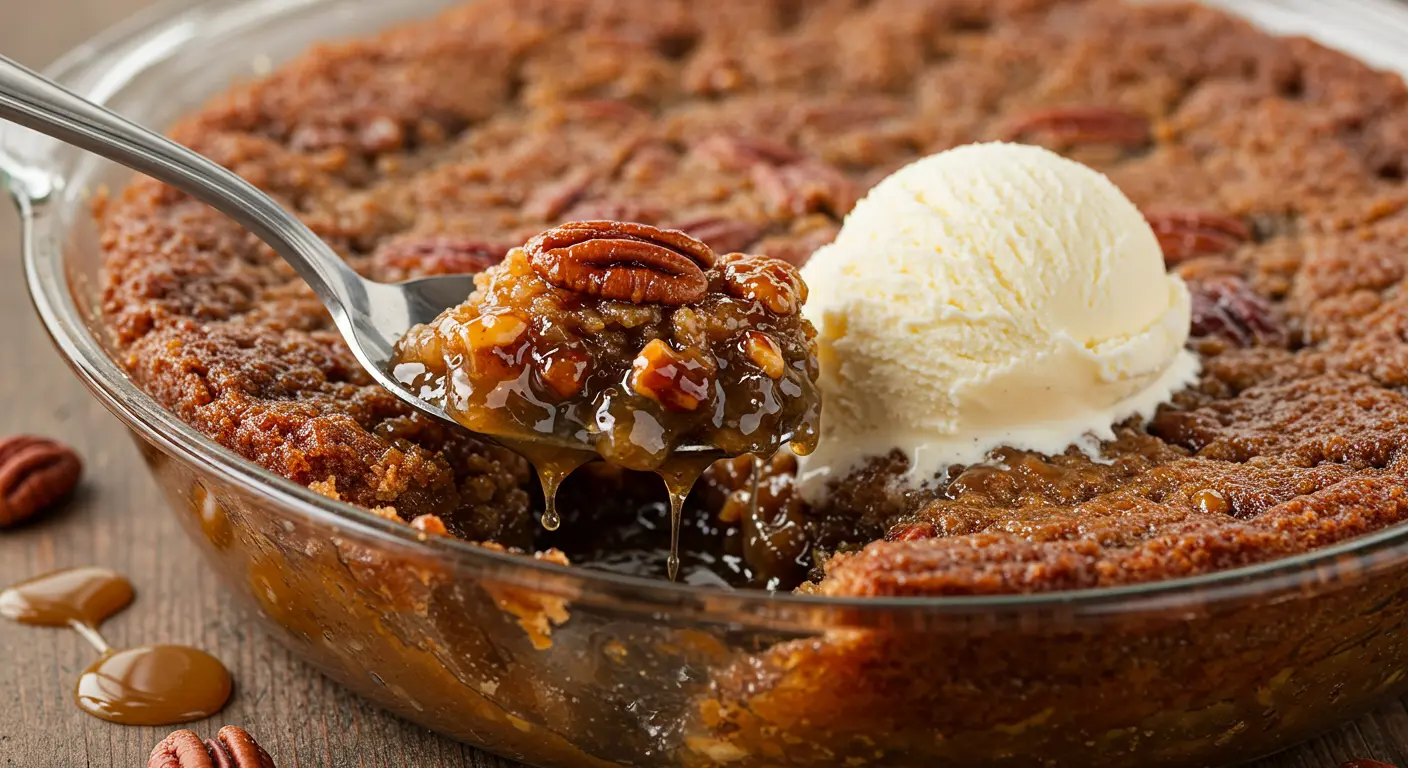Einkorn bread recipe is a fantastic option for busy parents like me who are always on the lookout for healthy and easy meals that the whole family will love. After discovering einkorn flour, I decided to give it a try, and the result was a delightful, rustic bread that not only tastes great but also fills the home with a wonderful aroma.
Einkorn is an ancient variety of wheat, recognized as one of the earliest cultivated grains. This recipe yields a delicious, dense bread reminiscent of rye, making it ideal for toast. It’s based on a straightforward spelt bread recipe, and since einkorn flour has a wonderful flavor on its own, there’s no need for additional ingredients or lengthy fermentation processes.
What Makes Einkorn Flour Special
Einkorn flour is a unique and ancient grain. It offers many nutritional benefits and a distinct flavor. Unlike modern wheat, einkorn has not been heavily hybridized. This makes it one of the oldest cultivated wheats.
This ancient heritage gives einkorn flour special qualities. It sets it apart from other grains.
The Ancient Heritage of Einkorn Wheat
Einkorn wheat comes from the Tigris-Euphrates region. It has stayed largely unchanged for thousands of years. Unlike modern wheat, einkorn keeps its original 14-chromosome structure.
This ancient lineage gives einkorn flour a distinct nutritional profile. It also has a richer, nuttier flavor than traditional wheat products.
Nutritional Benefits and Digestibility
Einkorn flour is full of essential nutrients. It has more protein, fiber, and minerals than regular wheat. It also has a more favorable gluten ratio.
This makes einkorn flour more digestible for those with minor gluten sensitivities. These nutritional advantages make einkorn flour a healthier choice for baking and cooking.
Gluten Structure in Einkorn
The gluten structure in einkorn is different from modern wheat. This results in a stickier and more challenging dough to work with. However, this unique gluten composition can also contribute to a more tender and satisfying texture in baked goods.
Bakers may need to adjust their techniques to accommodate the distinct properties of einkorn flour.
Overall, einkorn flour’s ancient heritage, nutritional profile, and unique gluten structure make it special. It is a versatile ingredient for those seeking a healthier and more flavorful alternative to conventional wheat products.
“Einkorn is the most ancient type of wheat, hailing from the Tigris-Euphrates region. It has not undergone hybridization like modern wheat varieties.”
Essential Ingredients for Einkorn Bread
Making tasty einkorn bread at home is simple with just a few ingredients. You’ll need water, active dry yeast, and honey or maple syrup for sweetness. Also, olive oil, salt, and einkorn flour are must-haves.
For the best taste and nutrition, use whole grain einkorn flour. But, sifted einkorn flour works too. For a richer taste, try using whole milk and butter instead of water and oil.
- 1 ¾ cups (413 g) of warm water (100°F)
- 1 ½ teaspoons of active dry yeast
- 2 tablespoons of honey or maple syrup
- 2 tablespoons of olive oil
- 1 ½ teaspoons of fine sea salt
- 4 ½ cups (540 g) of jovial All-Purpose Einkorn Flour
The recipe’s flour to water ratio is 3.03:1. This ensures the dough turns out just right. With these ingredients, you’re ready to bake a delicious and healthy einkorn bread at home.
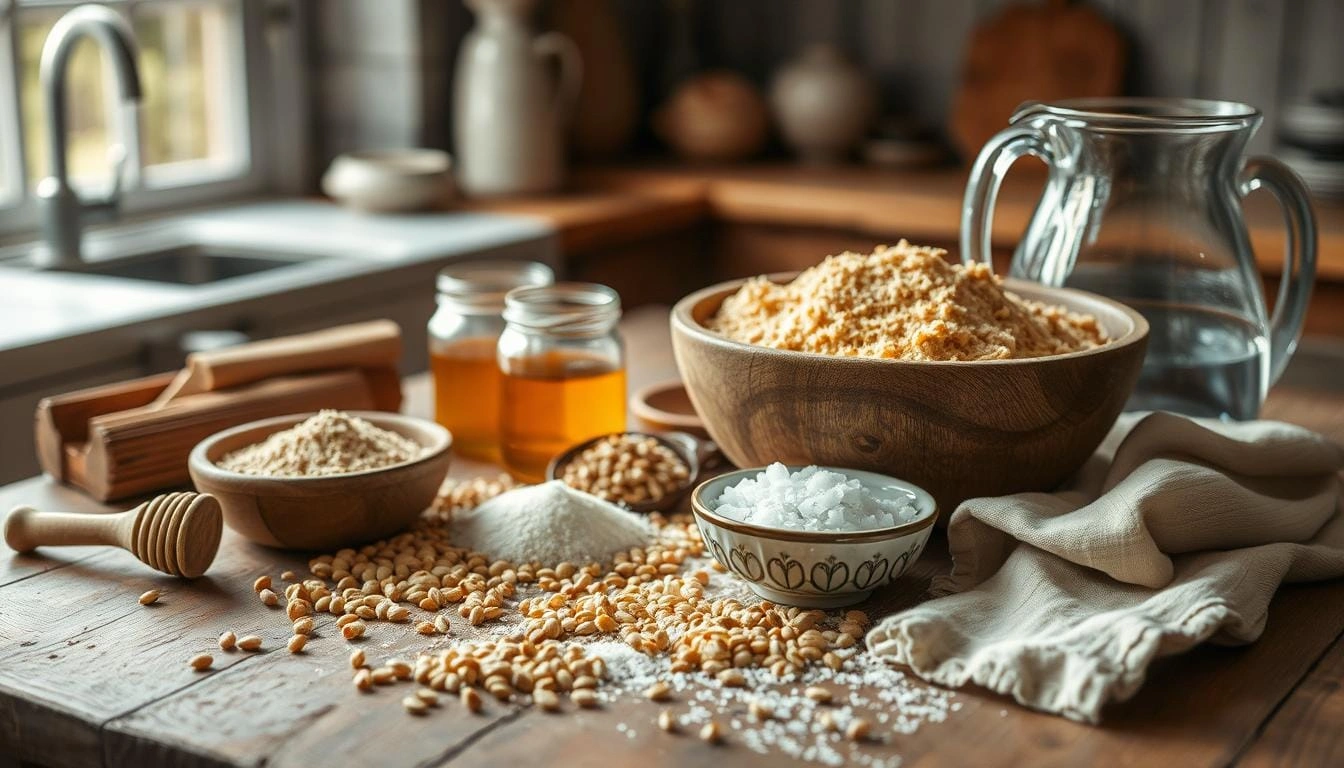
Kitchen Tools and Equipment Needed
Baking homemade einkorn bread doesn’t need a lot of special tools. But, having the right bread baking tools and einkorn bread equipment makes it easier. It also helps you get great results every time. Let’s look at the must-have and nice-to-have items you’ll need.
Must-Have Baking Tools
- Large mixing bowl: You’ll need a big bowl to mix and knead the dough.
- Measuring cups and spoons: Accurate measurements are crucial for the right mix.
- Standard-size bread pan: A 9×5-inch loaf pan is ideal for baking einkorn bread.
Optional but Helpful Equipment
While not essential, these items can enhance your einkorn bread baking:
- Stand mixer with dough hook: This tool kneads the dough for you, saving time.
- Grain mill: Grinding your own einkorn wheat berries into flour is worth it.
- Dough scraper: This tool helps shape and transfer the dough to the pan.
- Stainless steel loaf pans: These pans withstand high heat and bake evenly.
- Parchment paper: It makes removing the baked loaf from the pan easier.
With these bread baking tools and einkorn bread equipment, you’re ready to bake. Enjoy your homemade einkorn bread adventures.
Understanding Einkorn Bread Recipe Basics
Baking with einkorn flour is special because it has less gluten than modern wheat. This makes the dough wetter and stickier. You need a different way to handle it than with regular wheat bread.
When working with einkorn dough, don’t overwork it. Unlike regular wheat, einkorn doesn’t need a lot of kneading. Too much handling can damage the dough. Instead, let it rest and absorb the liquid, which helps develop the gluten and improves the texture.
This recipe makes three loaves of einkorn bread. You can enjoy one right away and freeze the others for later. Einkorn’s lower gluten content gives it a unique crumb and texture. It also has a slightly nutty flavor that goes well with many toppings and sides.
| Nutritional Information (per serving) | Amount |
|---|---|
| Calories | 200 kcal |
| Carbohydrates | 40 g |
| Protein | 7 g |
| Fat | 2 g |
| Sodium | 240 mg |
| Potassium | 120 mg |
By understanding einkorn flour’s unique properties and following the recipe, you can make delicious and healthy einkorn bread. This bread highlights the best of this ancient grain. Keep reading for step-by-step instructions on mixing, proofing, and baking your perfect loaf of einkorn bread.
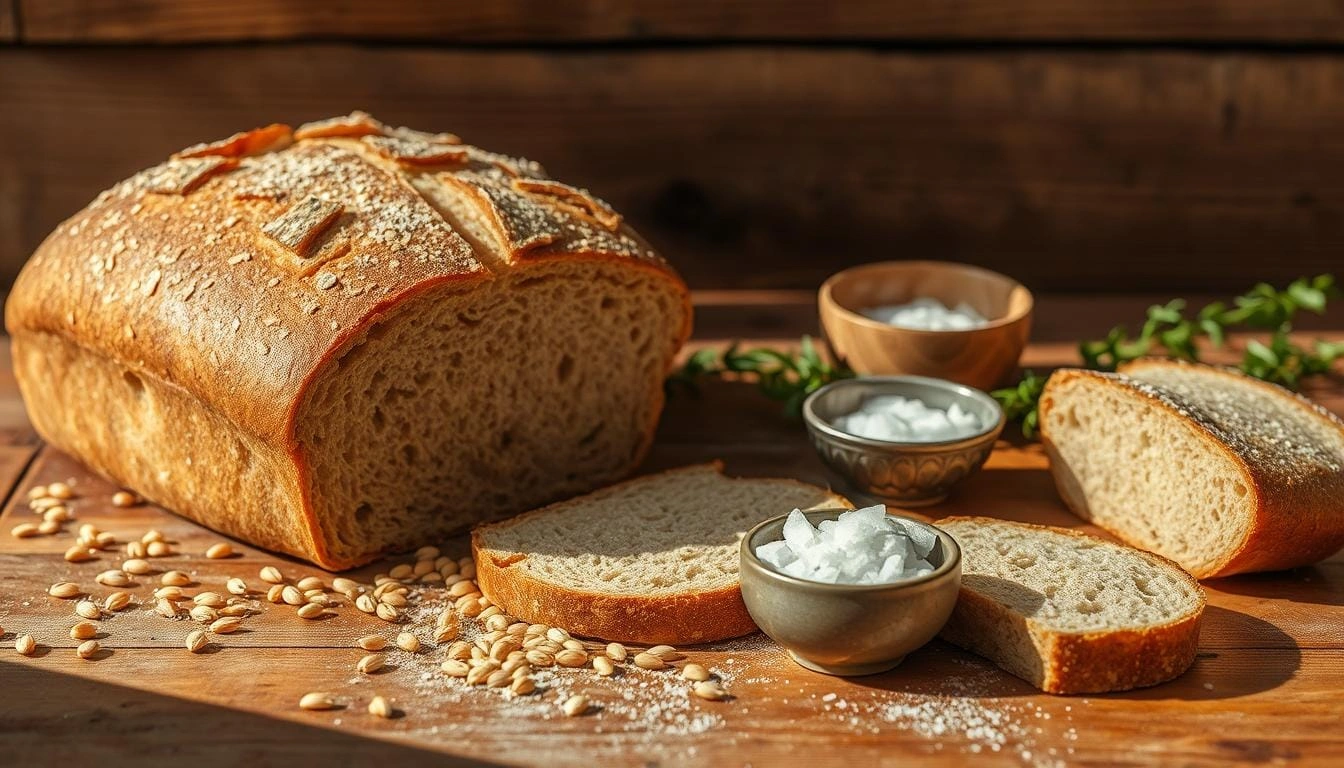
Step-by-Step Mixing Process
Making homemade einkorn bread begins with mixing. Start by mixing warm water (100-105°F), active yeast, olive oil, and honey in a big bowl. Let this mix rest for about 5 minutes until it’s foamy.
Gradually incorporate the einkorn flour while stirring. When the dough gets too thick, knead in the rest of the flour. You’ll get a sticky dough that feels smooth. If using a stand mixer, mix on low for about 4 minutes.
Combining Wet Ingredients
- Measure 1 cup (240 ml) of warm water (100-105°F or 37-41°C).
- Add 1 teaspoon (5 ml) of active dry yeast and stir to combine.
- Drizzle in 2 tablespoons (30 ml) of olive oil.
- Stir in 1 tablespoon (15 ml) of honey.
- Let the mixture sit for 5 minutes until it becomes frothy.
Adding Dry Ingredients
- Gradually add 3 cups (375 g) of einkorn flour to the wet mixture, stirring continuously.
- Continue mixing until the dough becomes too thick to stir easily.
- Use your hands to gently knead in the remaining flour, creating a smooth, sticky dough.
- If using a stand mixer, mix the dough on low speed for about 4 minutes.
Proper Dough Consistency
The dough should be slightly sticky but still pull away from the bowl. This balance makes the dough easy to work with later.
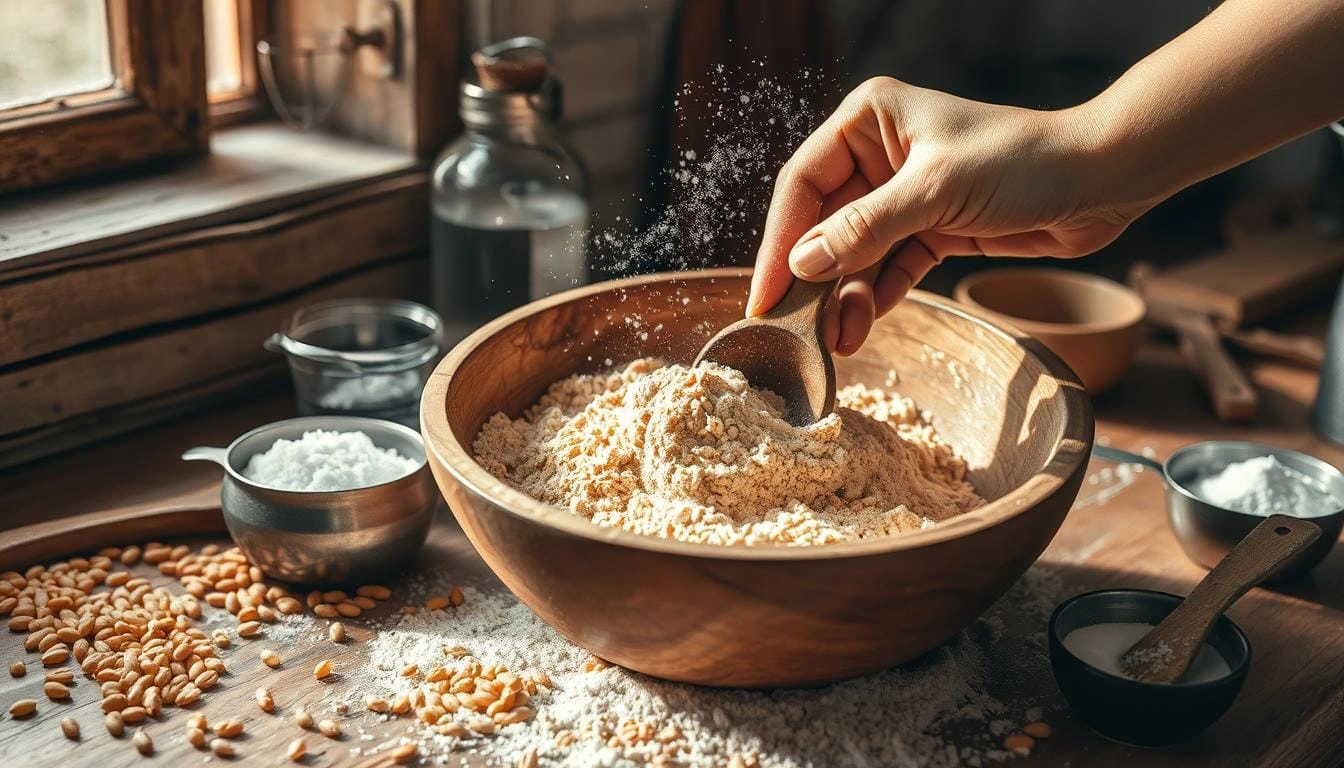
The Art of Proofing Einkorn Dough
Proofing is key to making perfect einkorn bread. This ancient grain needs a gentle touch during proofing to reach its best.
After mixing the dough, let it rest for about an hour. Cover it until it doubles in size. This step helps the dough get light and airy.
After shaping, let the dough rise again for 30-45 minutes. Watch it closely to avoid overproofing. The time needed can change based on the room’s temperature and humidity.
| Proofing Stage | Time | Desired Outcome |
|---|---|---|
| First Proof | 1 hour or until doubled | Strengthen gluten structure, develop flavor |
| Second Proof | 30-45 minutes or until doubled | Achieve desired rise and structure |
Getting good at proofing einkorn bread takes time. But, the effort is worth it for a beautiful, tasty loaf.
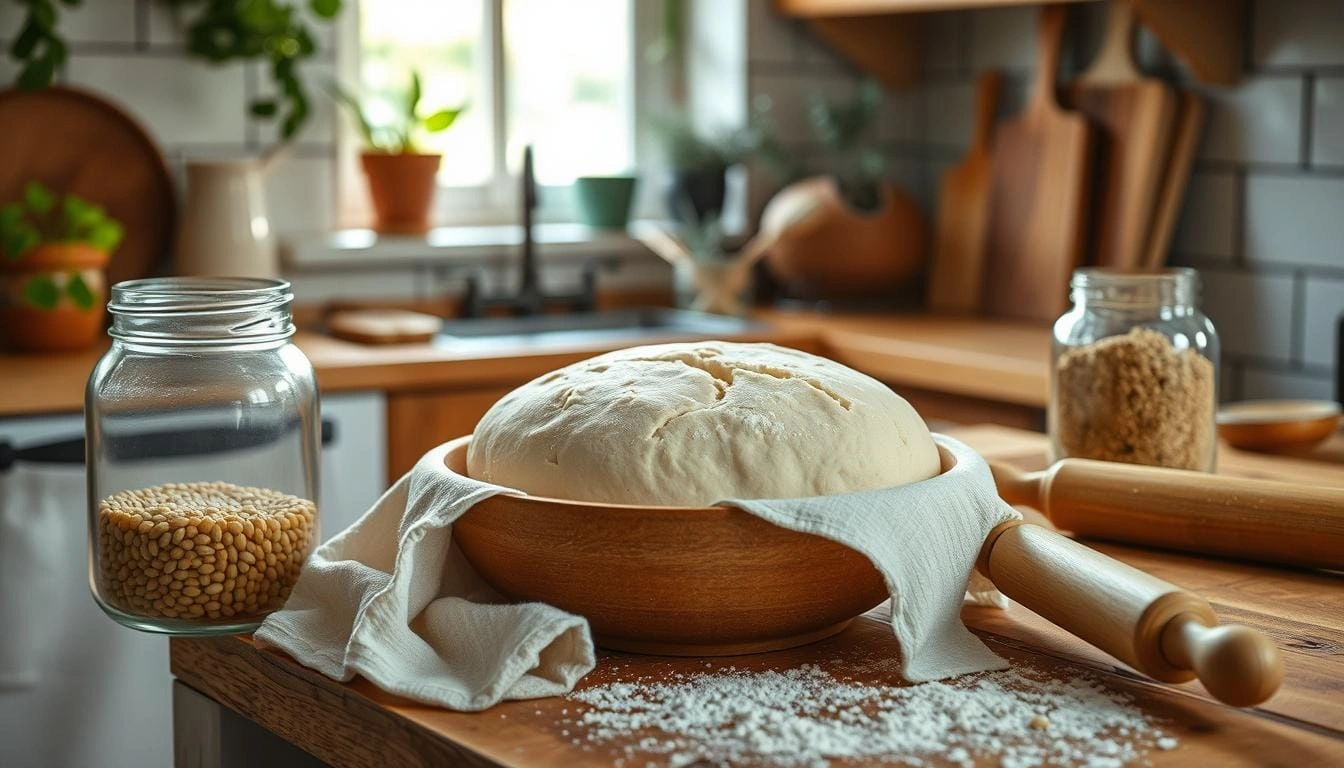
Best Baking Techniques for Perfect Results
Baking with einkorn flour needs some skill, but it’s worth it. To get the best einkorn bread, use these temperature and timing tips. Also, watch for visual signs to know when it’s done.
Temperature and Timing Guidelines
First, heat your oven to 375°F (190°C). Then, put the einkorn bread dough in. Bake for 35-45 minutes, watching it closely. The bread should have a golden, crisp crust and look slightly lifted on the sides.
Visual Cues for Doneness
- Check the bread’s color. It should be a deep, golden brown, showing it’s fully baked.
- Tap the bottom of the loaf. It should sound hollow, meaning the inside is cooked.
- Look for the bread to have risen slightly above the baking pan or Dutch oven. This “lift” means it’s well-proofed and baked right.
Let the einkorn bread cool completely before slicing. Cutting into a hot loaf can make it gummy and dense.
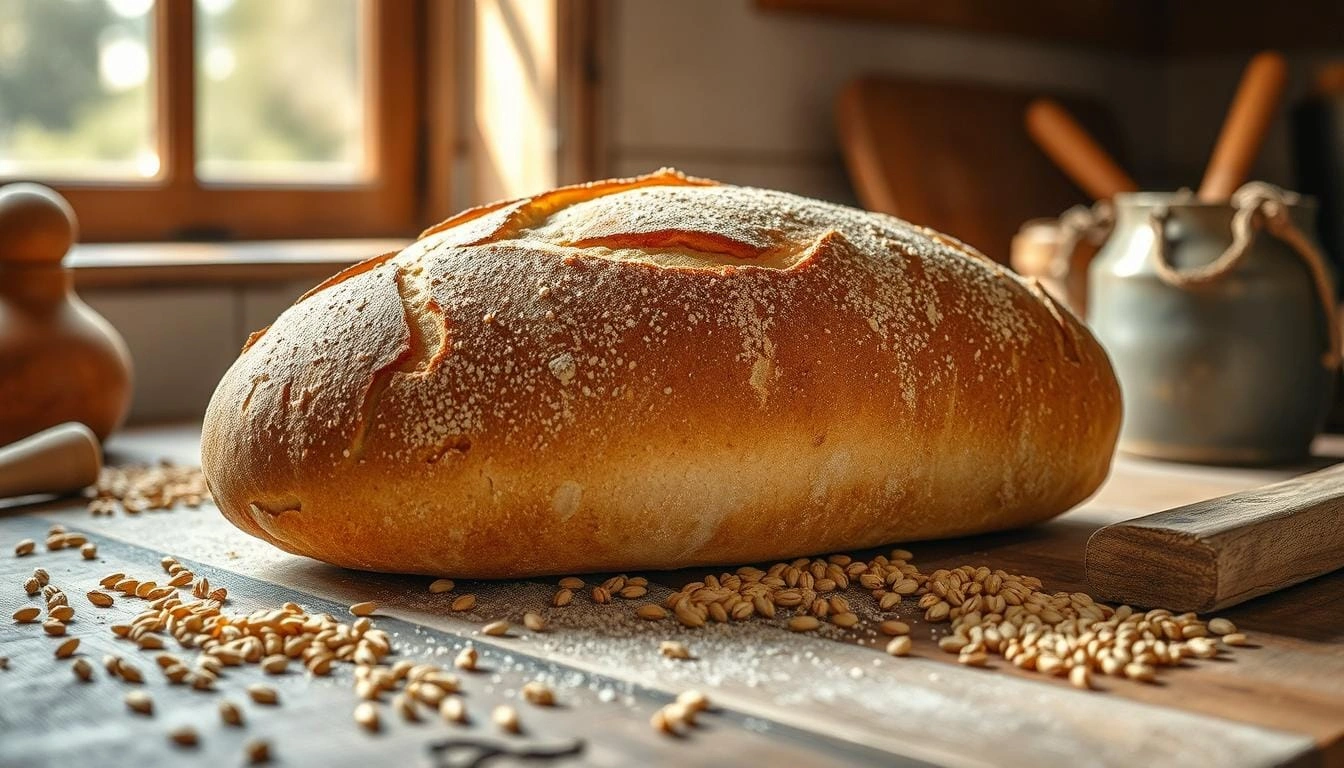
“Einkorn flour can be a bit tricky to work with, but the unique flavor and health benefits make it well worth the effort. By following these baking techniques, you can achieve consistently beautiful and delicious einkorn bread.”
Remember, every oven is different. You might need to adjust the temperature and baking time for your oven. Keep an eye on the bread and trust your instincts for the visual cues.
Storage Tips and Shelf Life
Keeping your homemade einkorn bread fresh is key. With the right storage, you can enjoy it for days. This ancient grain bread is delicious.
To maintain the freshness of cooled einkorn bread, store it in a sealed container or a sturdy pot at room temperature, which will keep it fresh for 2-3 days. For longer preservation, freeze the bread, either whole or sliced.
Frozen einkorn bread slices can be toasted straight from the freezer. This makes them a convenient and tasty option.
When thawing a whole einkorn bread loaf, wrap it in a clean tea towel. This prevents the crust from getting soggy. It helps keep the bread’s texture and crispness.
| Storage Method | Shelf Life |
|---|---|
| Room Temperature (sealed container) | 2-3 days |
| Frozen (whole loaf or slices) | Up to 3 months |
By following these storage tips for einkorn bread, you can enjoy its einkorn bread shelf life. Savor the exceptional flavor and texture of this ancient grain for days.
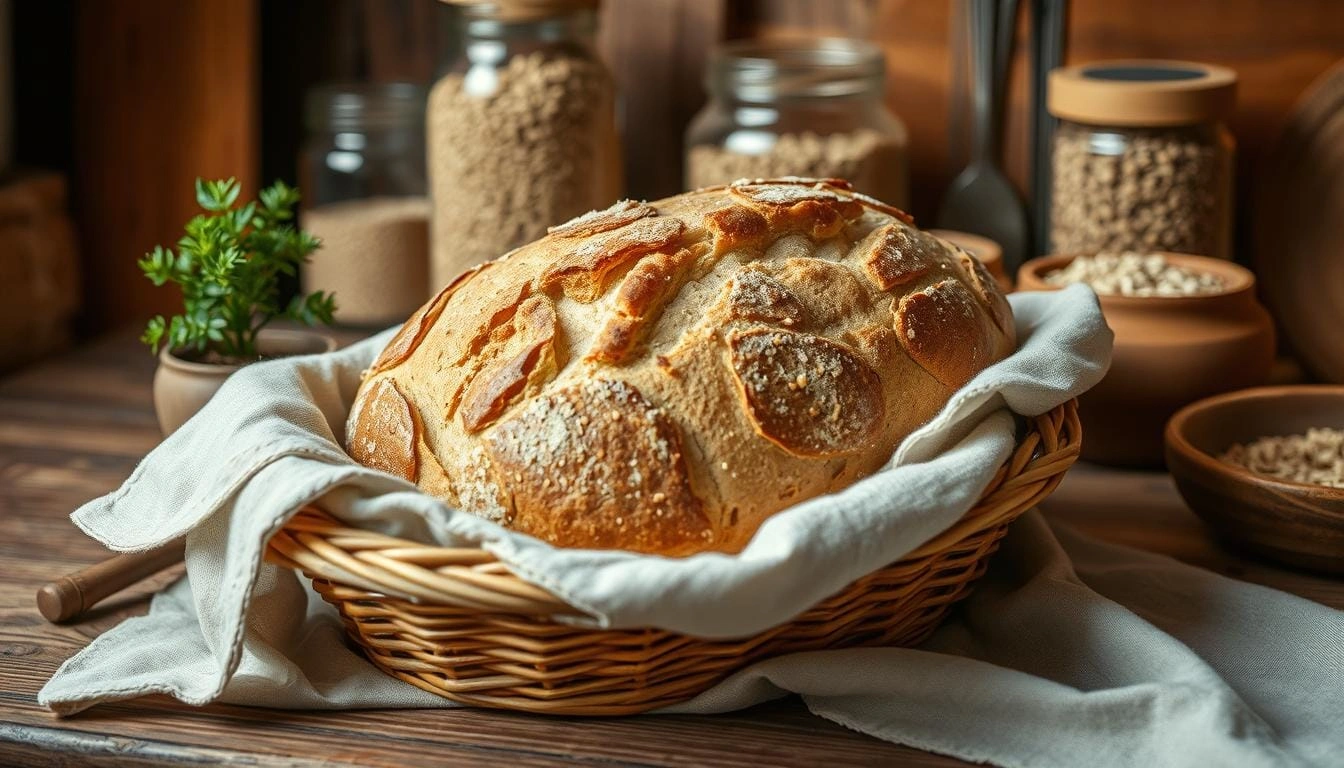
Troubleshooting Common Issues
Baking with einkorn flour can be fulfilling, but it does come with its challenges. Einkorn acts differently than modern wheat flours. Knowing how to solve common problems can lead to better results. Let’s look at some common einkorn bread issues and how to fix them.
Fixing Dense or Heavy Bread
If your einkorn bread turns out dense or heavy, there could be several reasons for this. Overworking the dough can make it tight and compact. Be gentle when mixing and kneading. Using an excessive amount of flour can contribute to a heavy dough. Try reducing the flour by a tablespoon or two to see if it helps.
Managing Sticky Dough
Einkorn dough tends to be sticky and tricky to manage. Avoid adding too much flour to prevent a dry and dense loaf; instead, use oiled hands and surfaces to minimize sticking. If the dough remains too tacky, you can cautiously add a small amount of flour.
Understanding the unique characteristics of einkorn is crucial for successful baking. With practice and patience, you’ll learn to overcome common issues associated with einkorn bread. Enjoy the delightful flavor and texture that this nutritious flour offers.
“The key to achieving perfect einkorn bread lies in recognizing its distinct properties and adjusting your methods accordingly. With a little trial and error, you’ll be baking like a pro in no time.”
Recipe Variations and Modifications
Get inventive in the kitchen with your homemade einkorn bread. Try adding nutritious seeds, crunchy nuts, or sweet dried fruits. They add texture and flavor.
Want a heartier loaf for sandwiches? Use 2 tablespoons of honey and a bit more flour. This makes the bread savory and less sweet, great for sandwiches.
Make your einkorn bread richer by using whole milk and melted butter instead of water and oil. This gives it a richer taste and aroma.
Change the recipe to make different-sized loaves. Whether you want a small loaf or a big one, the basic steps are the same.
“The beauty of einkorn bread is its versatility. With a few simple modifications, you can create endless variations to suit your taste buds and culinary preferences.”
Have fun and find your favorite einkorn bread recipe. The possibilities are endless with this amazing grain.
Conclusion
Baking homemade einkorn bread is a rewarding experience. This allows you to benefit from the unique qualities of this ancient grain, which has a unique flavor profile and is easier to digest than contemporary wheat.
Whether you like a light or hearty loaf, this guide will help you. You can make delicious einkorn bread at home. serves as a delicious alternative to standard wheat bread.
Einkorn flour imparts a rich, nutty flavor. It also has a buttery yellow color. This makes it stand out from other wheat breads.
Einkorn is lower in gluten and richer in nutrients, making it an excellent option for those seeking healthier bread choices.
As you bake more einkorn bread, enjoy the journey. Try new techniques and experiment with recipes. Making einkorn bread is a special experience.
With time and practice, you’ll make amazing loaves. Your family and friends will love them. Plus, you can enjoy the numerous health advantages that einkorn provides.
